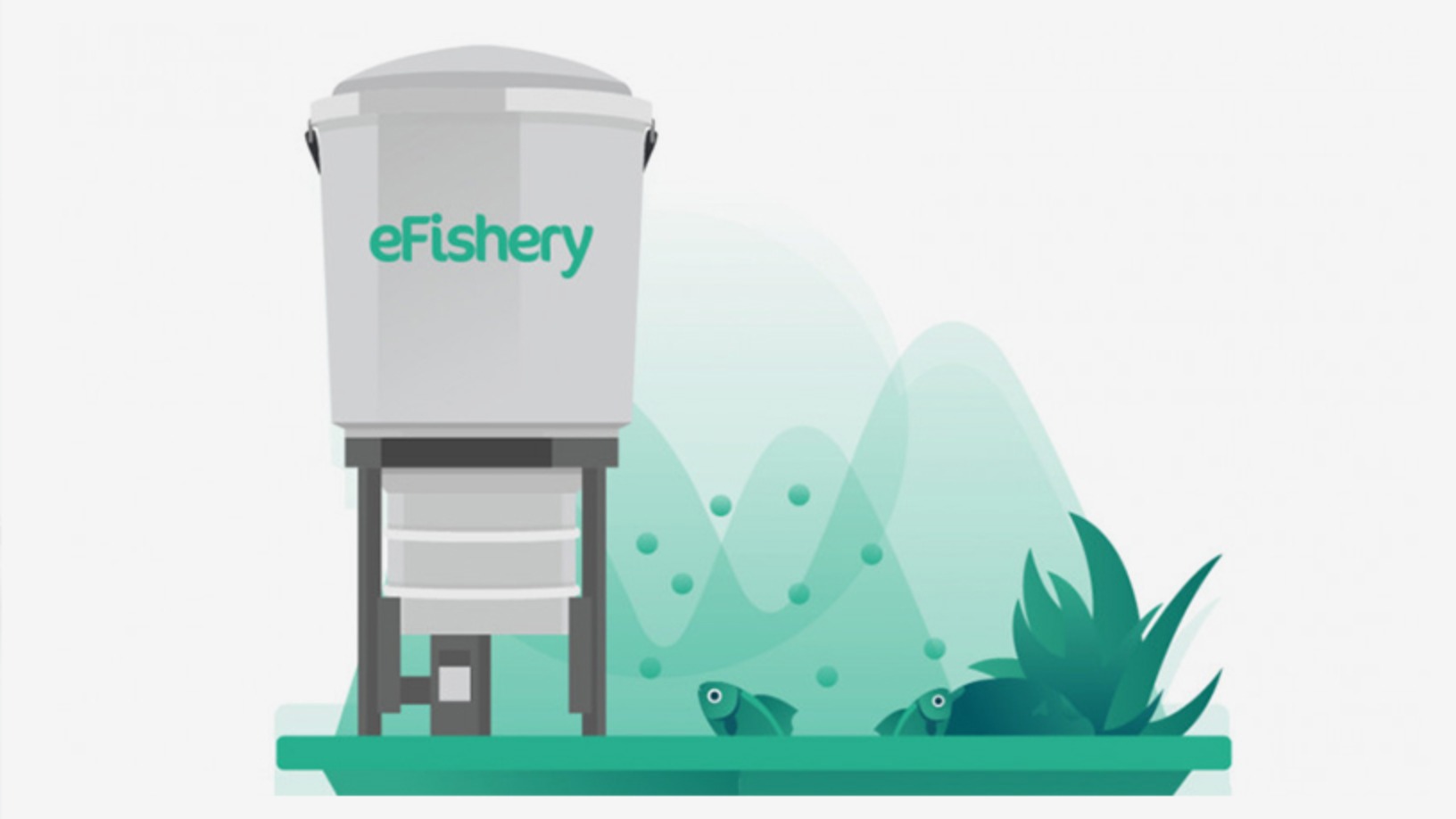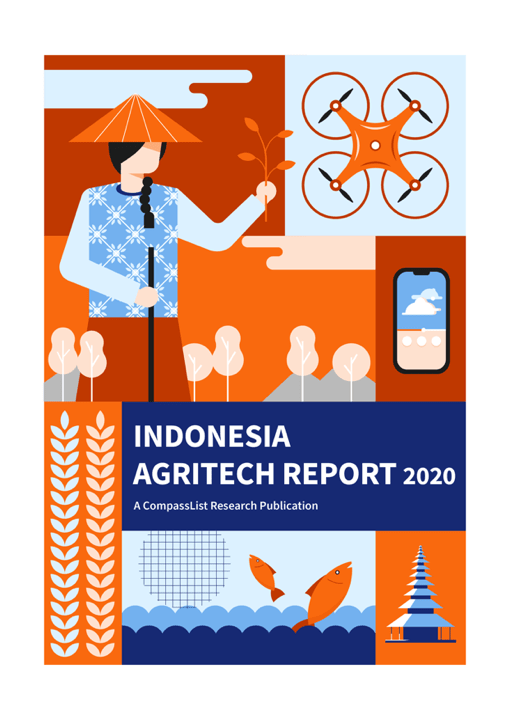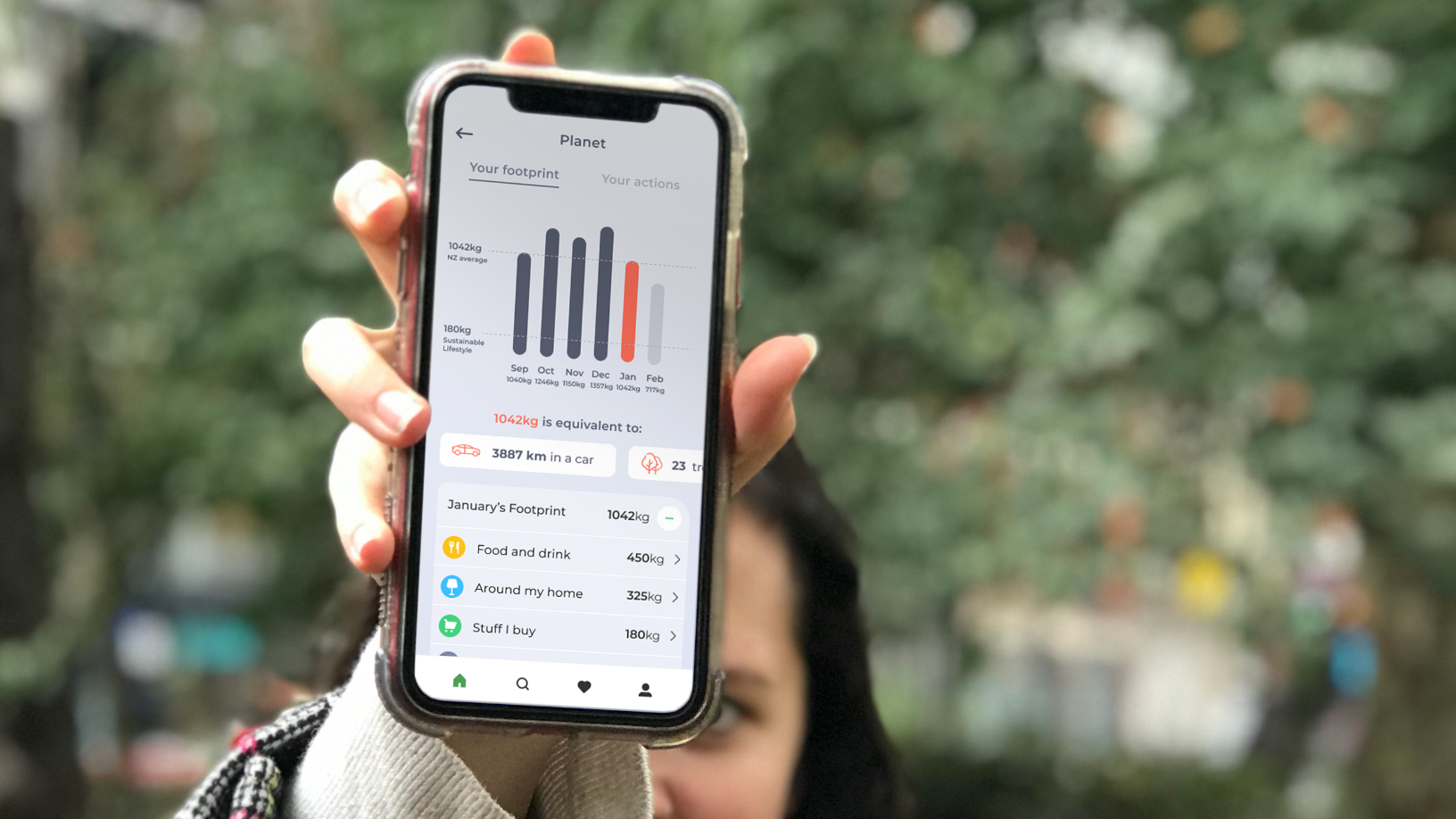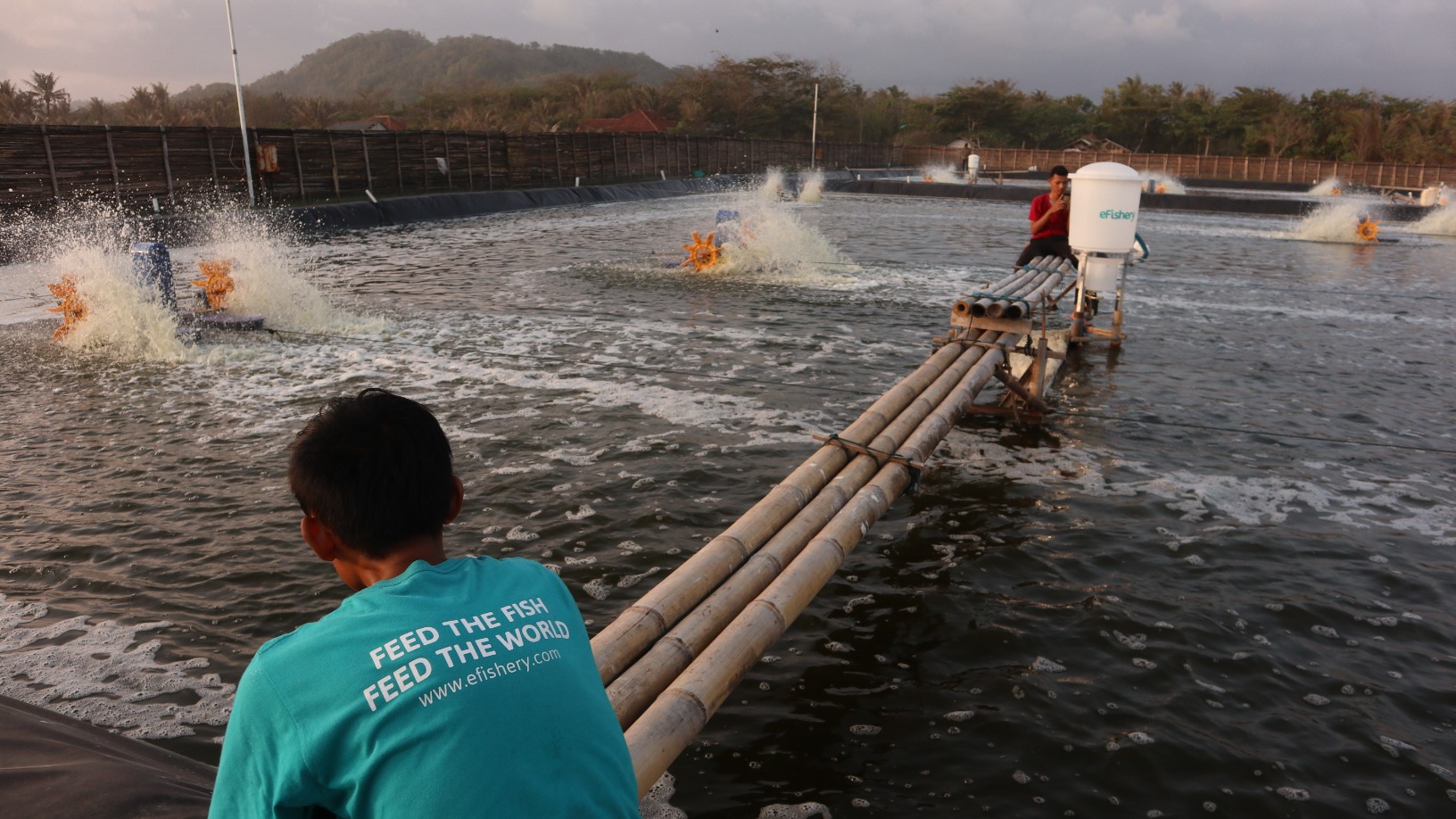Indonesian aquaculture startup eFishery has developed cloud-based automated feeding technology that reduces waste for fish farmers and improves quality and output of fish stock. Launched in 2013, eFishery's products are today being used in 23 provinces and 130 cities across Indonesia, which boasts a growing aquaculture sector that is the world's third largest in terms of output behind China and India.
eFishery's service offer has been designed to help Indonesia's fish and shrimp farmers maximize every aspect of their business; it includes hardware, software, AI data analysis and an online marketplace. The company does not disclose its revenues, but says it booked triple-digit profit growth from 2017 to 2019 on the back of strong take-up of its signature product, an automated fish and shrimp feeder called an “eFeeder.”
In an interview with CompassList, eFishery CEO and founder Gibran Huzaifah said the company expects 5,000 fish and shrimp farmers will be using the technology in 2020.
“From the start, eFishery has been committed to three things: food, technology, and inclusivity,” Huzaifah said, adding that the company was pursuing a growth strategy that targeted regions outside of Jakarta. “Our farmers come from second, third, and even fourth cities around Indonesia. We want to be the most advanced end-to-end solution for aquaculture technology.”
From fish farming to smart feeding
eFishery was established by Huzaifah (also known as Gibran El Farizy) and CTO Chrisna Aditya. The pair first met while students at West Java's Bandung Institute Technology in 2007. A former catfish farmer, Huzaifah saw an opportunity in producing tools that would improve the efficiency and productivity of fish and shrimp farming.
For more in-depth research and insights about Indonesian agritech, the full Indonesia Agritech Report 2020 by CompassList is now available online to all readers.
The eFeeder utilizes cloud-based automated ‘smart-feeding’ technology designed to give fish and shrimp farmers more control over the quality of fish stock. The machine captures pond data in real-time through a mobile dashboard and automates feeding with adjustable feed volumes, dispensing power and timing to prevent overfeeding and improve overall fish health and yield.
The company says the eFeeder increases feeding efficiency by 21%, minimizing food waste for farmers. Depending on the size of the farm, Huzaifah said farmers using eFeeder had lowered the Food Conversion Ratio (FCR – the amount of food required to produce 1kg of fish or shrimp meat) to around a quarter of previous rates.
“With the eFishery eFeeder being installed in approximately 20,000 ponds throughout Indonesia, and with each pond consuming four tons of fish feed per year, we have been able to contribute in saving up to 16m kg of fish feed per year,” Huzaifah explained.
The potential of eFishery's technology was noticed early; in 2014, just a year after launch, eFishery banked $1.2m in prize money when it won Netherlands-based global startup competition Get In The Ring. Huzaifah has also been named in Forbes's 30 Under 30 Asia 2017 list and as an Ernst & Young Entrepreneur of the Year (Innovation category) in 2018.
To date, eFishery has attracted $5.2m in funding from investors including Wavemaker Partners, 500 Startups, Aqua-spark, Maloekoe Ventures, Social Capital, Unreasonable Capital, Triputra Group, and GSMA Ecosystem Accelerator. Its most recent funding injection came in January 2019 from InnoVen Capital which invested an undisclosed sum.
Using data to improve outcomes
eFishery's technology collects data from the feeding and production process, and measures water quality and fish behavior to create a database that delivers predictive insights for fish farmers. The platform can also be used to connect farmers with intermediaries that can assist with financing, market access, insurance or supply needs.
Huzaifah said the automated process reduces the risk of human errors such as irregular or over-feeding. He said manual over-feeding affects the overall quality of the fish or shrimp due to the loss of nutritional value of feed that is not immediately eaten but has stayed afloat in the water.
He added that the data sets of fish crops offer a new transparency for the industry, enabling buyers to know the type and quality of the feed used to nourish the fish or shrimp stocks. He hopes that in the future, thorough data sets, which include weather conditions and water quality, will present fish farmers with more management capabilities, enabling them to further improve their business efficiency.
eFishery has also launched an e-market called eFisheryFresh, through which it stocks and sells fresh catfish, dori, gourami, nila, shrimp and squid. The page forwards to e-commerce site Blibli.com and stocks are supplied by eFishery's partnering farmers. The idea is to develop an integrated marketplace where buyers and sellers are assured of the product's source and quality.
Automating domestic smallholdings
While many of Indonesia's fish farmers remain hesitant to embrace new technologies, Huzaifuh is convinced that adopting automated processes can help to ensure consistent product quality and boost returns. In Indonesia, Huzaifah noted, finding reliable employees to feed stock up to 20 times a day from early morning to past midnight is a major challenge for small operations.
“Commercial feeders that are in the market are also either limited in functionality with no cell phone connectivity or AI component. Or [they are] extremely sophisticated in terms of product build and tech integrations that are not suited for smallholder farmers. Commercial feeders are also often expensive and require upfront payments with no financing or leasing options available,” said Huzaifah.
Fish farmer Fuad from Ponorogo in East Java was close to bankruptcy when he discovered eFishery last year.
“I lost almost everything before I came across an advertisement [for an eFeeder]. Using that equipment, the fish feeding process has become far more efficient,” Fuad said, adding the system had boosted sales, enabling him to purchase additional ponds and send his children to school in the city.
eFishery plans to continue building the domestic market for its products and has established eFisheryFund to help farmers access funding from financial institutions.
"[The idea is] to overcome the issue that, in reality, financial institutions tend to view fish farmers as not having a definite capital/business model, leading to lack of channels to acquire loans for fish farmers,” said Huzaifah.
eFishery has inked partnerships with customers such as the government of West Java, which last year launched a “fishing village” in the Indramayu Regency operated with eFishery technology. West Java governor Ridwan Kamil said authorities plan to open more fishing villages in the province using eFishery's products.
“We are building our hub locally, creating more collaborations with potential stakeholders and scaling up our products. In the year after, we might consider expanding regionally, when we have successfully built a strong and replicable model throughout Indonesia,” said Huzaifah.












